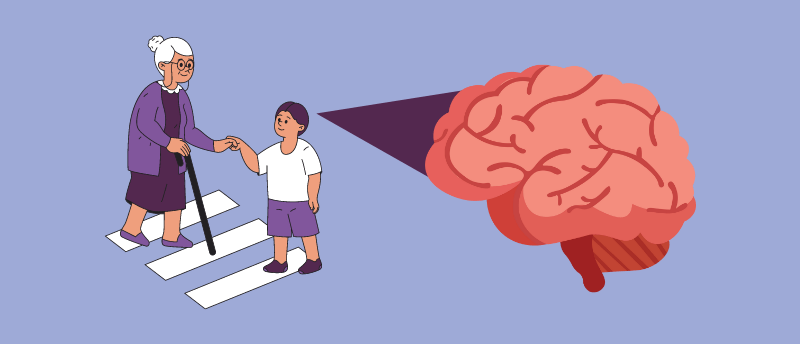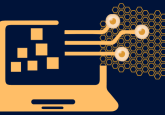Can vmPFC damage impact one’s willingness to help others?

A novel study conducted on participants with brain damage reveals how a specific brain region – called the vmPFC – governs our willingness to help others.
Researchers at the University of Birmingham (UK) and the University of Oxford (UK) reveal, through behavioral and computational measures, that a brain region called the ventromedial prefrontal cortex (vmPFC) plays a key role in increasing prosocial behaviors, such as a willingness to help others.
Prosocial behaviors allow us to cooperate with others. They are, therefore, crucial for tackling global challenges such as climate change and international conflicts. Understanding the neural mechanisms underlying ‘helping behaviors’ can also help researchers develop new treatments for clinical disorders such as psychopathy.
“Prosocial behaviors are essential for addressing global challenges. Yet helping others is often effortful and humans are averse to effort. Understanding how effortful ‘helping’ decisions are processed in the brain is extremely important,” explained first author Patricia Lockwood
 Exercise, neurogenesis and PTSD: identifying the key to novel treatments
Exercise, neurogenesis and PTSD: identifying the key to novel treatments
Researchers have demonstrated the positive impact of exercise in the treatment of mice with PTSD-like symptoms, investigating the underlying biology of the association.
The team focused their research on a brain region called the vmPFC, which is located at the front of the brain and is already considered to be critical for decision-making. Previous functional neuroimaging studies suggested that the vmPFC is necessary when processing the trade-off between reward and required effort. However, neuroimaging can’t reveal whether a brain region is necessary for these functions.
To investigate this, researchers tested a large sample of participants; 25 participants with vmPFC damage were compared to two other groups (15 patients with damage elsewhere in the brain and 40 healthy controls). Every participant attended an experiment where they met, but couldn’t see, another participant, ensuring that any information that might sway one’s decision-making process would be hidden. They subsequently completed a decision-making task. The task measured the participants’ willingness to exert physical effort – the squeezing of a handheld dynamometer – for a financial reward either for themselves or the other participant.
The choices the participants made varied depending on the amount of money being offered as well as the level of force they needed to exert to obtain said reward. Measuring the impact of the reward and effort separately allowed researchers to quantify the participants’ motivations through advanced mathematical modeling.
The results revealed that the vmPFC was necessary for motivating participants to help others. Participants with vmPFC damage were less willing to help others, exerted less force even if they decided to help the other participant and earned less money to help others compared to the two other control groups.
Additionally, the researchers utilized a technique called lesion-symptom mapping to identify specific sub-regions of the vmPFC where damage resulted in participants being especially antisocial and/or unwilling to exert effort for another person. A surprising discovery was made; damage to a nearby, but different, sub-region to the vmPFC made people relatively more willing to help others.
Commenting on the vmPFC, Lockwood states, “this region of the brain is particularly interesting because we know that it undergoes late development in teenagers, and also changes as we get older. It will be really interesting to see whether this area of the brain can also be influenced by education – can we learn to be better at helping others?”





